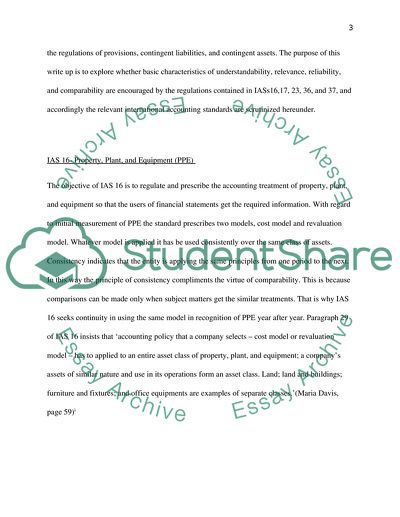Cite this document
(IASBs Framework for the Preparation and Presentation of Financial Research Paper, n.d.)
IASBs Framework for the Preparation and Presentation of Financial Research Paper. Retrieved from https://studentshare.org/finance-accounting/1724461-international-financial-report
IASBs Framework for the Preparation and Presentation of Financial Research Paper. Retrieved from https://studentshare.org/finance-accounting/1724461-international-financial-report
(IASBs Framework for the Preparation and Presentation of Financial Research Paper)
IASBs Framework for the Preparation and Presentation of Financial Research Paper. https://studentshare.org/finance-accounting/1724461-international-financial-report.
IASBs Framework for the Preparation and Presentation of Financial Research Paper. https://studentshare.org/finance-accounting/1724461-international-financial-report.
“IASBs Framework for the Preparation and Presentation of Financial Research Paper”, n.d. https://studentshare.org/finance-accounting/1724461-international-financial-report.


